Pruning Shears: The Essential Tool for Every Gardener
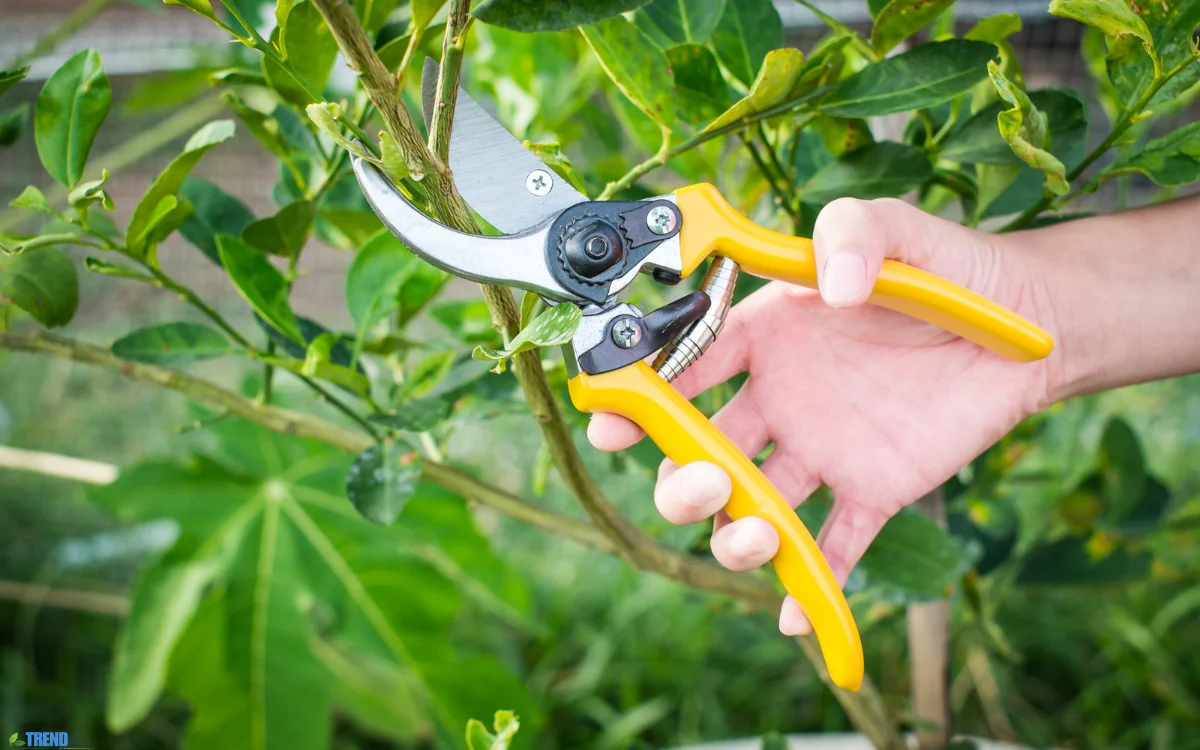
When it comes to maintaining a tidy, healthy, and beautiful garden, the right tools make all the difference. Among these, pruning shears stand out as one of the most valuable assets for gardeners of all levels. Whether you’re trimming roses, cutting back shrubs, or removing dead foliage, using high-quality pruning shears ensures precision, ease, and better plant health.
Gardening requires consistent maintenance, and one of the core activities involved is pruning. Proper pruning not only improves the appearance of plants but also encourages healthy growth and flowering. They make this task easy to handle, efficient, and even enjoyable. Unlike general-purpose scissors, pruning shears are engineered to handle tough, woody stems with ease, reducing plant damage and supporting vigorous regrowth.
Why Pruning Shears Matter in Garden Care
Every plant has specific trimming needs of its own. Pruning is not just about cutting back; it’s about guiding your plant to grow in the desired direction, increasing sunlight exposure, and removing anything that might hinder growth. Pruning shears allow gardeners to perform these tasks with the accuracy and control that no other tool can offer.
Sharp tools that make clean cuts help plants heal quicker and lower the chance of disease. Damaged or crushed stems often the result of using the wrong tools can become entry points for pests and infections. That’s why investing in a quality pair of pruning shears is essential for anyone serious about plant care.
Types of Pruning Shears and Their Uses
Understanding the types available helps you choose the best one for your gardening needs.
Bypass Pruning Shears
These are the most popular choice for gardeners. They work like scissors, with two curved blades that pass by each other to create a clean, precise cut. Bypass pruning shears are ideal for live, green stems and delicate flowers that require finesse.
Anvil
Anvil models feature a single sharp blade that closes onto a flat anvil. This crushing action is best for deadwood or thicker, tougher branches that don’t require clean cuts. Avoid using them on green stems, as they may crush rather than slice.
Ratchet Pruning Shears
Ratchet shears are designed with a mechanism that allows you to make cuts in stages. This reduces strain on the hands, making them a smart option for individuals with arthritis or reduced hand strength. Ratchet pruning shears are excellent for thick or hard stems.
Long-Reach
For tall hedges, fruit trees, or deep flowerbeds, long-reach tools help access areas that are difficult to reach. They offer extended handles and adjustable cutting angles, reducing the need for ladders or overreaching.
Key Features to Look For in Pruning Shears
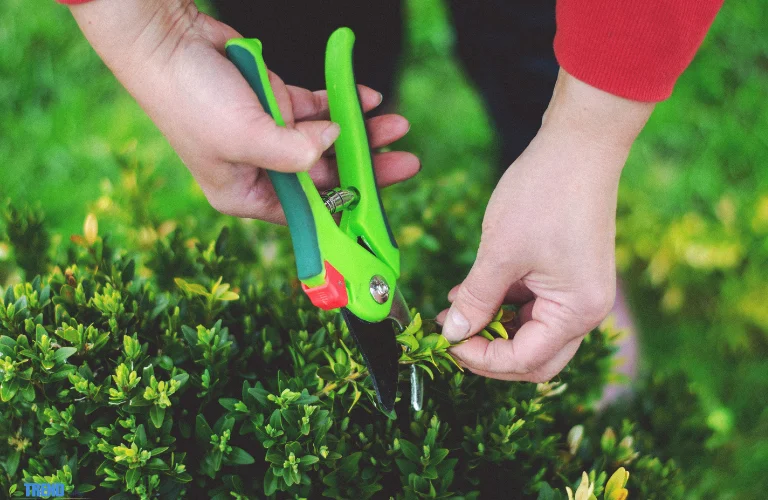
Before making a purchase, consider the following essential features to ensure durability and performance:
Blade Material
Blades made from high carbon steel or stainless steel retain their sharpness longer and are resistant to rust.
Pruning shears made from these materials offer clean, long-lasting performance and are easier to maintain.
Handle Design
Comfort is crucial. Ergonomic handles with cushioned grips reduce hand fatigue during extended use. Some models even feature rotating handles that conform to your hand’s natural movement.
Locking Mechanism
A reliable safety lock keeps the blades closed when not in use. This ensures safe storage and transport, especially around children or pets.
Replaceable Parts
Good quality tools allow for blade and spring replacements. This extends the lifespan of your tool and provides better long-term value.
How to Use Pruning Shears Correctly
Proper usage ensures better results and longer lasting tools.
Match Shears to the Task
Choose the right pruning shears depending on whether you’re cutting green stems, dead branches, or hard-to-reach areas.
Clean Blades Regularly
Clean the blades with rubbing alcohol before and after every use. This prevents the spread of plant diseases and keeps your tools hygienic.
Use the Right Cutting Technique
Cut at a 45-degree angle, positioning the cut just above a bud or leaf node. This encourages outward growth and prevents water from settling on the cut surface.
Avoid Forcing the Blades
If the branch is too thick, switch to a lopper or saw. Forcing can damage both the plant and the tool.
Maintenance Tips for Long-Lasting Pruning Shears
Like any gardening tool, pruning shears need regular care.
Sharpen the Blades
Blunt blades may rip stems rather than making a clean cut. Use a sharpening stone or specialized sharpener every few weeks, depending on usage.
Lubricate Moving Parts
Lubricate the pivot and springs to ensure the blades operate smoothly. This prevents rust and ensures easy handling.
Store in a Dry Place
Moisture can cause rust, especially if the shears are not stainless steel. Store them in a toolbox or hang them on a hook in your shed.
Mistakes to Avoid with Pruning Shears
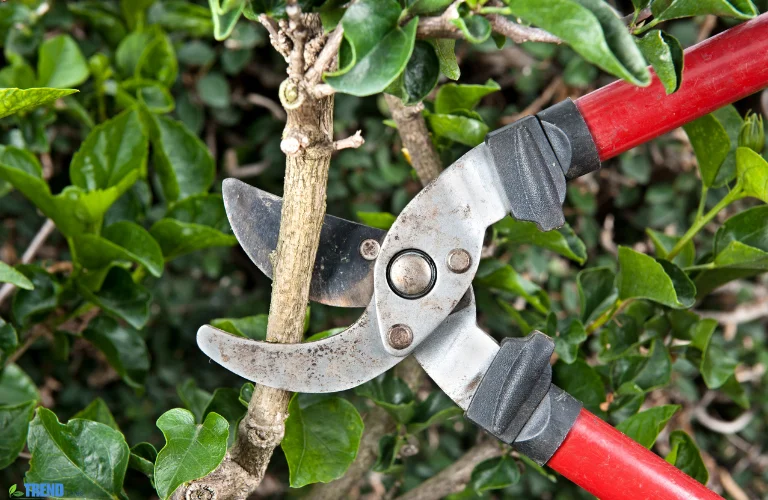
Even experienced gardeners make errors. Avoid these common mistakes:
-
Using dull or dirty blades
-
Cutting at the wrong angle
-
Pruning at the wrong time of year
-
Using an unsuitable type of shears for the task
-
Ignoring tool maintenance
Using Pruning Shears for Specific Plants
Various plants thrive best when pruned with certain techniques and tools.
Roses and Shrubs
Use bypass tools for making clean, angled cuts just above buds. This encourages bushier growth and better blooms.
Fruit Trees
For removing deadwood and shaping branches, a combination of anvil and long-reach tools works best.
Herbaceous Perennials
Cut back spent flowers and yellowing stems with bypass tools to keep the plants tidy and vigorous.
Conclusion: Make Pruning Easier With the Right Pruning Shears
Pruning is essential for plant health, growth, and garden aesthetics and having the right tool makes all the difference. They are designed for clean, precise cuts that improve your plants’ well-being and help maintain your garden’s appearance.
Whether you’re a beginner or a seasoned green thumb, investing in a quality pair will elevate your gardening game. Choose the right type, care for them well, and enjoy a flourishing garden all year round.
FAQs About Pruning Shears
Q1: How often should I clean them?
Clean them after each use to prevent rust and disease transmission.
Q2: Can I use pruning shears on thick branches?
Only if the branch is within the size limit (typically up to ¾ inch). For thicker wood, use loppers or a pruning saw.
Q3: What’s the difference between bypass and anvil shears?
Bypass shears slice cleanly and are best for live stems, while anvil shears crush and are better suited for dead branches.
Q4: Are ratchet shears worth buying?
Yes, especially if you have reduced hand strength or frequently prune tough stems.
Q5: Do I need different tools for different plants?
It depends on your garden. A versatile pair of bypass shears may suffice, but specialized tools can improve results on certain plants.
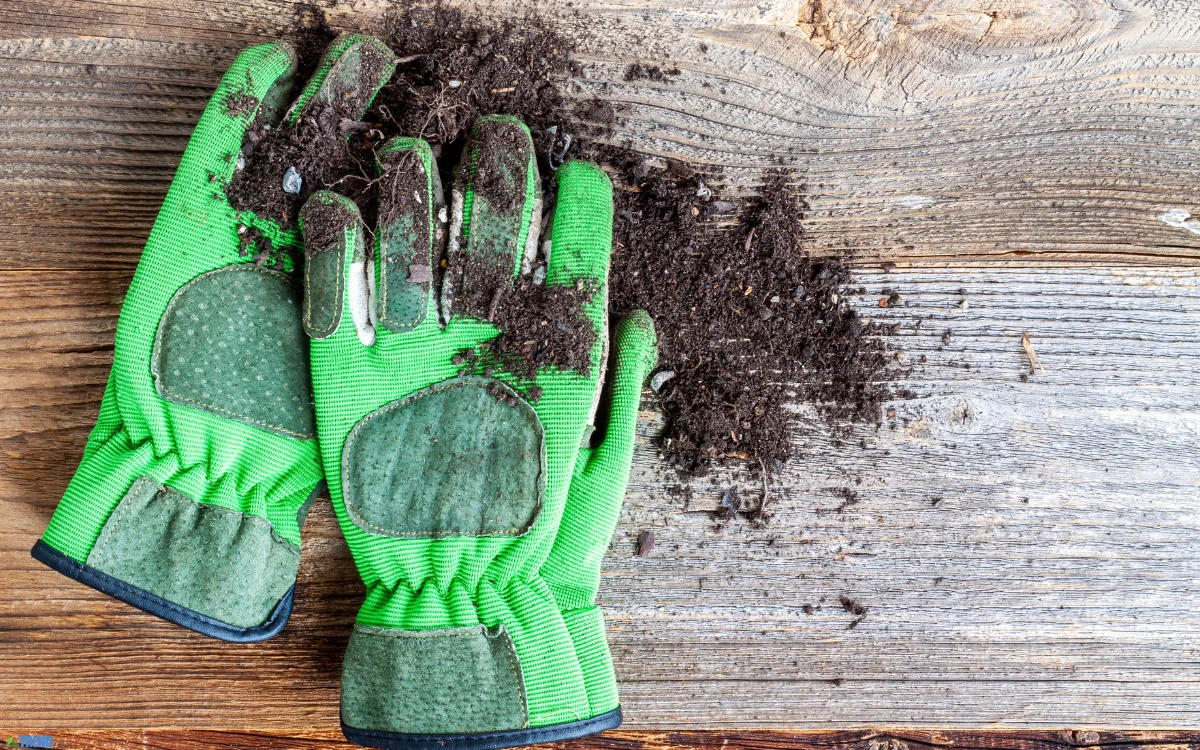
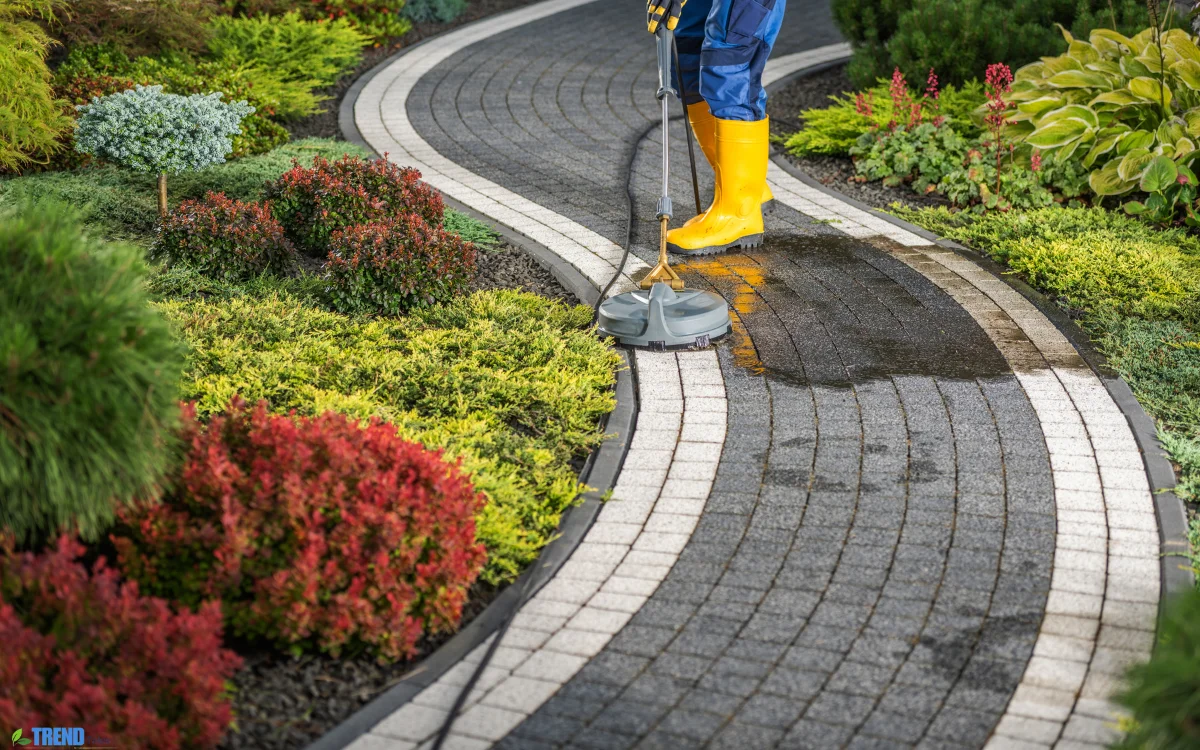
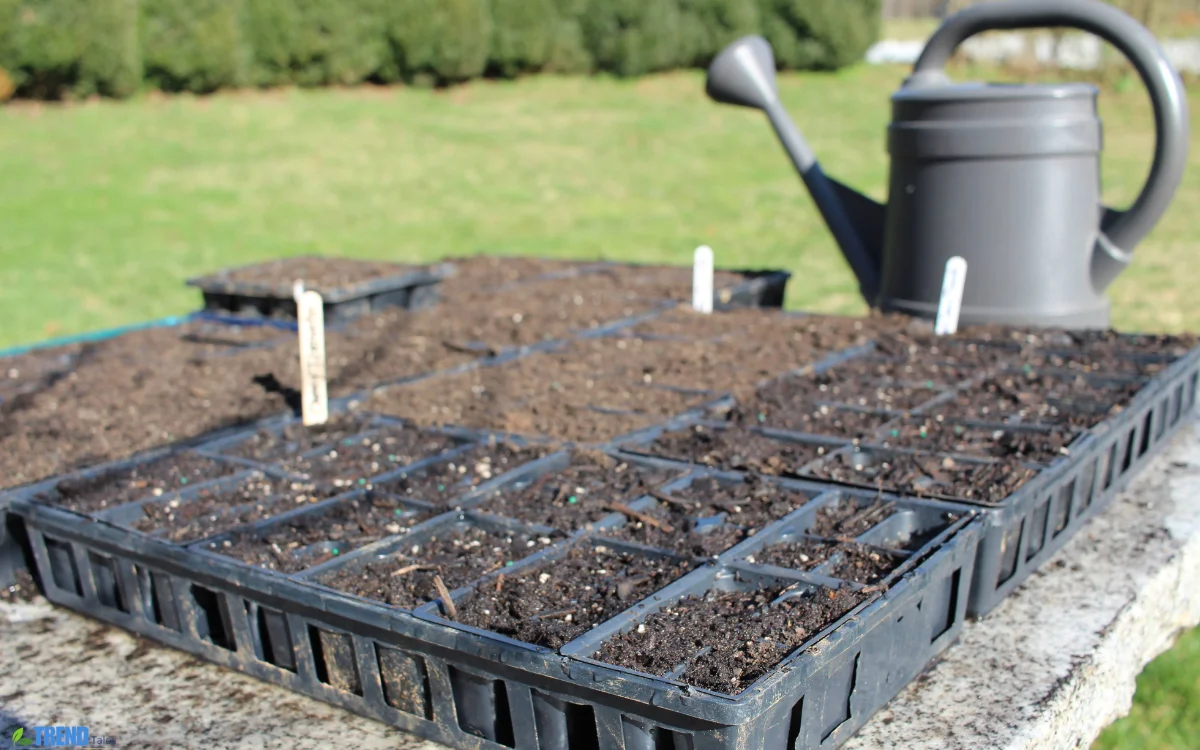
1 comment